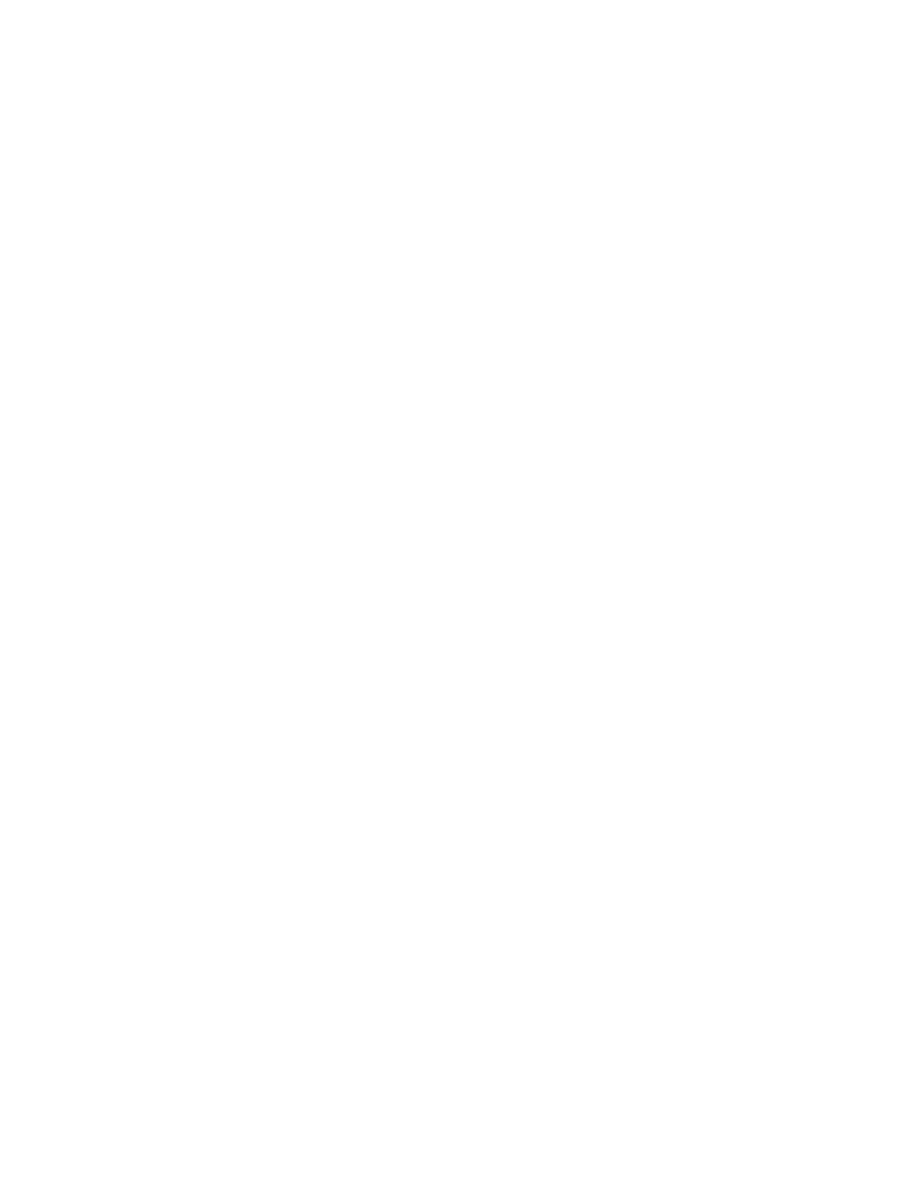
649
Federal Aviation Administration, DOT
§ 27.397
by the maximum pilot force specified
in § 27.397(a);
(2) Attain a resulting sideslip angle
or 15
°
, whichever is less, at the lesser
speed of V
NE
or V
H
;
(3) Vary the sideslip angles of para-
graphs (b)(2) and (c)(2) of this section
directly with speed; and
(4) Return the directional control
suddenly to neutral.
[Amdt. 27–26, 55 FR 7999, Mar. 6, 1990, as
amended by Amdt. 27–34, 62 FR 46173, Aug. 29,
1997]
§ 27.361
Engine torque.
(a) For turbine engines, the limit
torque may not be less than the high-
est of—
(1) The mean torque for maximum
continuous power multiplied by 1.25;
(2) The torque required by § 27.923;
(3) The torque required by § 27.927; or
(4) The torque imposed by sudden en-
gine stoppage due to malfunction or
structural failure (such as compressor
jamming).
(b) For reciprocating engines, the
limit torque may not be less than the
mean torque for maximum continuous
power multiplied by—
(1) 1.33, for engines with five or more
cylinders; and
(2) Two, three, and four, for engines
with four, three, and two cylinders, re-
spectively.
[Amdt. 27–23, 53 FR 34210, Sept. 2, 1988]
C
ONTROL
S
URFACE AND
S
YSTEM
L
OADS
§ 27.391
General.
Each auxiliary rotor, each fixed or
movable stabilizing or control surface,
and each system operating any flight
control must meet the requirements of
§§ 27.395, 27.397, 27.399, 27.411, and 27.427.
[Amdt. 27–26, 55 FR 7999, Mar. 6, 1990, as
amended by Amdt. 27–34, 62 FR 46173, Aug. 29,
1997]
§ 27.395
Control system.
(a) The part of each control system
from the pilot’s controls to the control
stops must be designed to withstand
pilot forces of not less than—
(1) The forces specified in § 27.397; or
(2) If the system prevents the pilot
from applying the limit pilot forces to
the system, the maximum forces that
the system allows the pilot to apply,
but not less than 0.60 times the forces
specified in § 27.397.
(b) Each primary control system, in-
cluding its supporting structure, must
be designed as follows:
(1) The system must withstand loads
resulting from the limit pilot forces
prescribed in § 27.397.
(2) Notwithstanding paragraph (b)(3)
of this section, when power-operated
actuator controls or power boost con-
trols are used, the system must also
withstand the loads resulting from the
force output of each normally ener-
gized power device, including any sin-
gle power boost or actuator system
failure.
(3) If the system design or the normal
operating loads are such that a part of
the system cannot react to the limit
pilot forces prescribed in § 27.397, that
part of the system must be designed to
withstand the maximum loads that can
be obtained in normal operation. The
minimum design loads must, in any
case, provide a rugged system for serv-
ice use, including consideration of fa-
tigue, jamming, ground gusts, control
inertia, and friction loads. In the ab-
sence of rational analysis, the design
loads resulting from 0.60 of the speci-
fied limit pilot forces are acceptable
minimum design loads.
(4) If operational loads may be ex-
ceeded through jamming, ground gusts,
control inertia, or friction, the system
must withstand the limit pilot forces
specified in § 27.397, without yielding.
[Doc. No. 5074, 29 FR 15695, Nov. 24, 1964, as
amended by Amdt. 27–26, 55 FR 7999, Mar. 6,
1990]
§ 27.397
Limit pilot forces and torques.
(a) Except as provided in paragraph
(b) of this section, the limit pilot
forces are as follows:
(1) For foot controls, 130 pounds.
(2) For stick controls, 100 pounds fore
and aft, and 67 pounds laterally.
(b) For flap, tab, stabilizer, rotor
brake, and landing gear operating con-
trols, the follows apply (R=radius in
inches):
(1) Crank, wheel, and lever controls,
[1+R]/3
×
50 pounds, but not less than 50
pounds nor more than 100 pounds for
hand operated controls or 130 pounds
for foot operated controls, applied at
VerDate Mar<15>2010
10:12 Mar 18, 2014
Jkt 232046
PO 00000
Frm 00659
Fmt 8010
Sfmt 8010
Y:\SGML\232046.XXX
232046
pmangrum on DSK3VPTVN1PROD with CFR